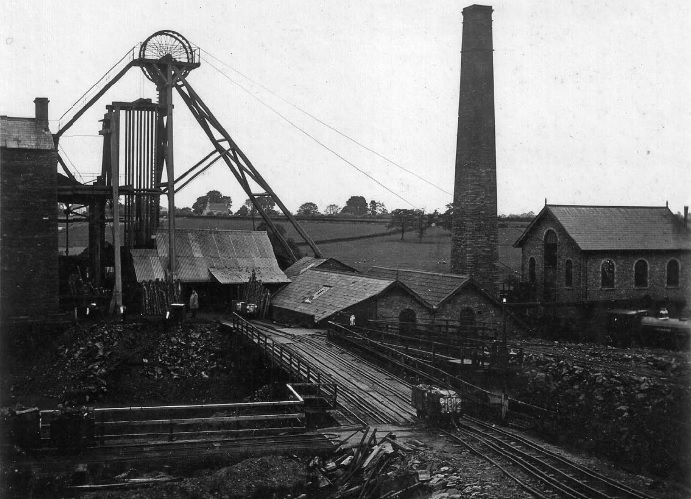South Gloucestershire Council is investigating the potential use of former mine workings in the district as a source of renewable heating and cooling for new and existing buildings.
The need for affordable, non-polluting alternatives to energy sources such as gas and oil has never been greater, and the council is asking whether part of the solution could lie beneath our feet.
An initial study of records of local disused and abandoned coal mines was carried out by the Coal Authority in July, which identified a number of areas of interest. The council is now looking to secure funding to undertake a further ‘Phase 2’ study of areas with the greatest potential heat resource. The aim is to better understand the size of the energy resource and investigate how it could be best utilised.
The old mines are filled with floodwater which is naturally heated by underground geological activity. Using heat pumps, the water temperature can be raised to the level required for space heating and domestic hot water. This could then be used to supply single buildings such as schools, hospitals and offices, or a heat network serving multiple buildings or a district.
The extent of the heat resource is to be determined, but the council estimate that 20,000 to 26,000 homes and businesses are located in the vicinity of former mine workings with a potential heat resource. In addition to providing heat, mine water can also possibly be used to provide cooling during summer months.
Councillor Toby Savage, Leader of South Gloucestershire Council with cabinet responsibility for climate change, said ‘As we move away from oil and gas to cleaner and more affordable alternatives, I am excited about the potential to make use of renewable source of heat from the local area. That’s why we asked the Coal Authority to investigate whether disused mines could be part of the solution to finding alternatives to fossil fuel heating, and to coping with much higher summer temperatures. One hundred years after South Gloucestershire’s mines closed, they may yet be part of the solution to the climate and our move towards becoming carbon neutral.”
Barry Wyatt, the council’s Climate Emergency Manager, said: “We’ve known for a long time that we need to find alternatives to oil and gas that don’t pollute the atmosphere and increase global heating, but events this year have highlighted the financial cost of fossil fuels, and the huge impact of energy price increases on people and businesses. We know there are extensive mine workings across South Gloucestershire – what we need to understand now is just how big the energy resource is and how we could make best use of it.”
Though largely hidden from view, South Gloucestershire has an extensive mining heritage as revealed by old maps of the area and local place names such as Coalpit Heath. Under Mangotsfield, Westerleigh and Kingswood alone there are 42 coal seams and more than a thousand mine entrances. Most of these were worked in the 19th century but a few remained in use up to the 1920s.








